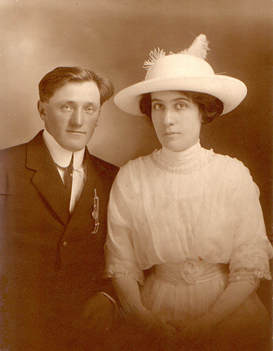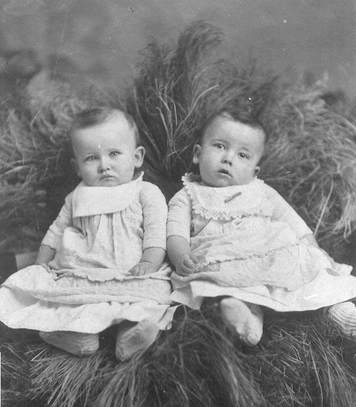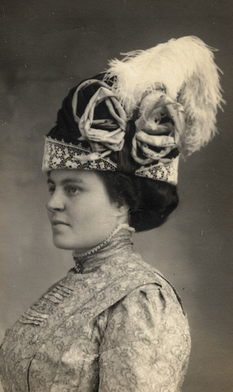 Rijksmuseum, Amsterdam, Netherlands Photo by Will van Wingerden on Unsplash We all have brick walls in our family history research. Sometimes they exist because there are gaps in available records. Let’s look at the importance of revisiting databases for overcoming brick walls. One of my favorite genealogical societies (Ontario Ancestors) sends out a weekly newsletter which talks about the various events, activities and opportunities related to their region in the world of genealogy. I especially enjoy the second that summarizes “what’s new” for the big four databases: Ancestry, FamilySearch, My Heritage and FindingMyPast. Every week at a glance I can see if something intriguing has been released or updated on these databases. Why is this important?
Recently it appeared that more French records had been released on MyHeritage. These included the 1921, 1931and 1936 census records for France. This gave me hope that I might find the death records of three individuals who were widowed. I had searched extensively for these individuals in those databases with no results. The French records for births, marriages and deaths are quite extensive if you know where your person lived. It is likely that they lived for another 20 years after their spouses, given that the gentlemen died in their 60s. However, there were no death records for these ladies in the civil records of their last known address. If we think about our own family, people tend to move closer to their children after their spouse has passed. Again, I looked at the records for those locations and had no luck. That’s where these indexed census records have been helpful. I was able to find one of the three ladies in a small village outside of Paris in the 1931 census. At the time of her husband’s death, she was living in Paris so I would have had no way to guess that she moved to this new place by 1931. When I looked for her in the 1936 census with the same street location, she was not there. This prompted me to go to the archives for this commune to check the ten-year tables of her village. The ten-year tables list individuals with dates of births, marriages and deaths that happened in that ten-year period. And there she was—having passed away in 1934—before the 1936 census. Unfortunately, the full death record is not yet available for someone who died in 1934 from this area. In some communes you can see the full death records. I had looked for this person’s death many times in the past few years. It was because I took the time to try searching again with the updated records that I finally had some luck. I will need to continue to search for the other two individuals. They didn’t show up in those census records or in the commune records where they’d last lived. My guess is that they likely died in Paris where the census records are not indexed or a commune where that information has not been published. It really is fun to finally get an answer to a genealogy question that has been challenging. Look at what is new in your favorite database. Are there branches of your family that would benefit from having a quick search again using these updated records? Would finding this information help you solve a family mystery, tell a better family story, or simply satisfy your curiosity? Put on your problem-solving hat and have fun revisiting those brick walls.
0 Comments
Leave a Reply. |
AuthorWith a lifelong passion for genealogy and history, the author enjoys the opportunity to share genealogy tidbits, inspiring others to research and write their family story. Archives
July 2024
Categories |



 RSS Feed
RSS Feed